Everything you need to know about Lentils
Lentils are one of those ingredients that you can find in most Spanish pantries, and it is one of the most widely used legumes globally. They are cultivated in all regions with a temperate climate, as it is easy to harvest and favours the regeneration of the soil.
What is the lentil plant like?
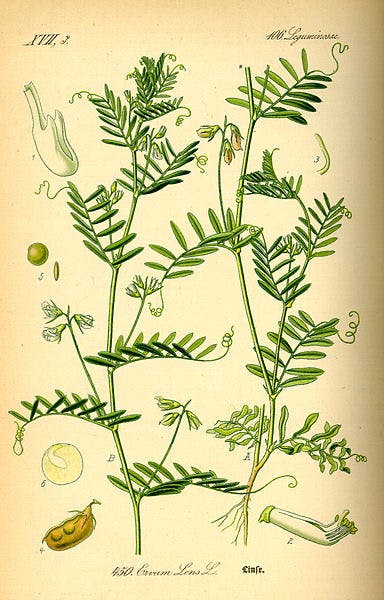
It is a shrub-like plant with pinnate leaves ending in tendrils. It forms small flowers with white, light blue or lilac petals arranged in small clusters. These are harvested between spring and summer once a year, approximately 100 days after planting.
Lentil's Origin
Lentils originate from Southwest Asia's countries (Turkey, Syria, Iraq), from where they quickly spread to the Mediterranean countries, including Spain. The oldest remains of their cultivation date back to 6,600 BC, making them one of the oldest foods cultivated by man, almost 9,000 years old. The Egyptians considered lentils a daily staple food and a symbol of prosperity. Later, the Greeks and Romans began to use lentils in their diet.
Sustainable product
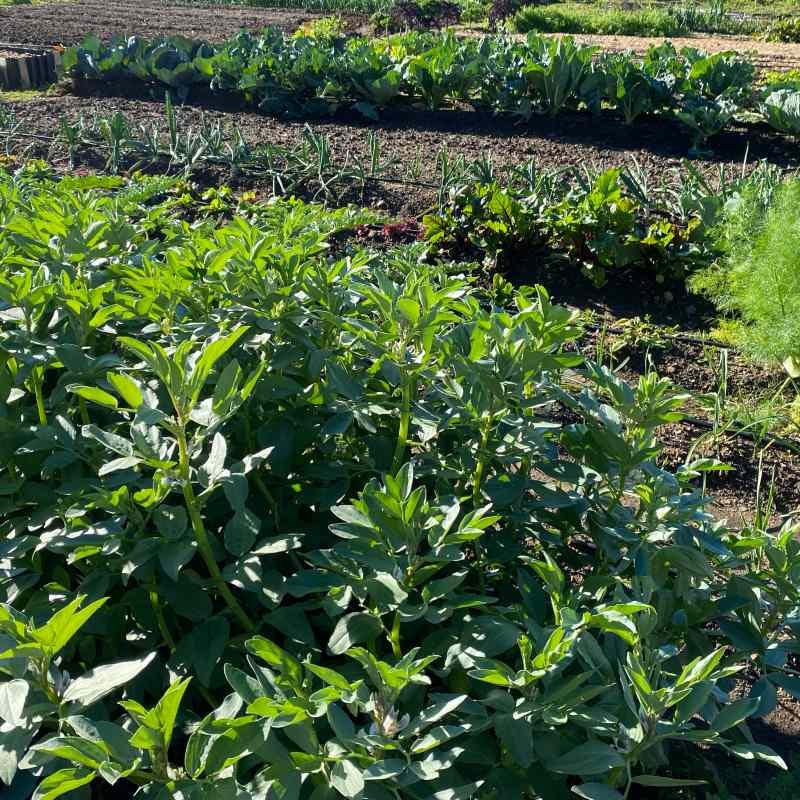
Legumes play an essential role in managing organic matter recovery in highly degraded soils or soils with erosion problems. Nitrogen is one of the essential nutrients for plant development, and Leguminous plants are characterized as nitrogen fixers. This means that they provide nitrogen to the soil. To do this, they use bacteria from the roots of plants that take nitrogen from the atmosphere and convert it into plant-available nitrogen. In contrast, the plant provides organic components obtained by photosynthesis.
Most popular Lentils varieties in Spain
Beluga
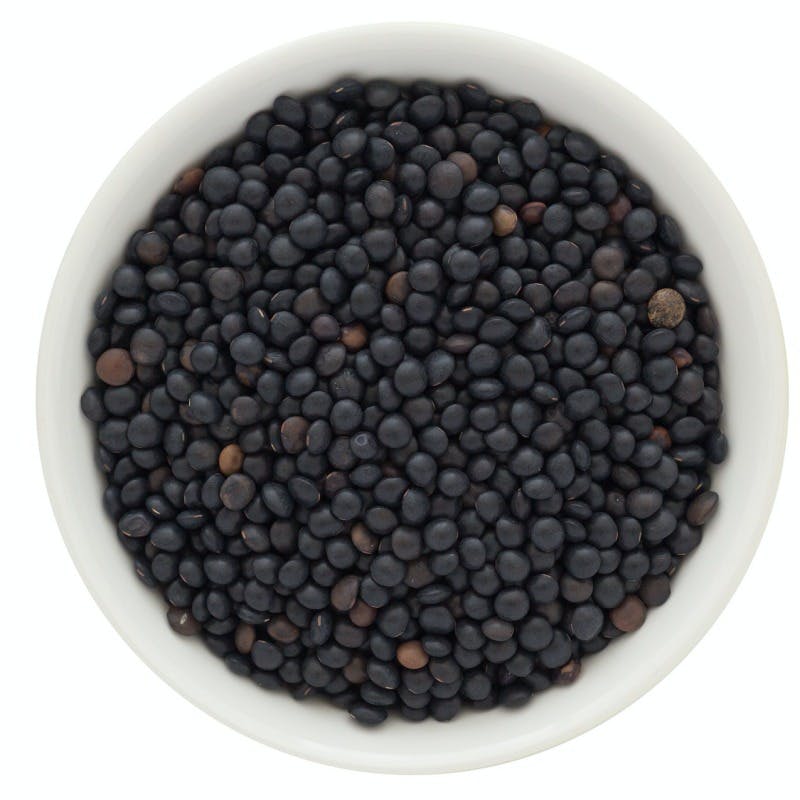
Also known as Franciscan, it has a tiny black color reminiscent of caviar - hence its name - which fades during cooking. It has a higher percentage of protein than other varieties and has a tender texture, which is why it requires light cooking that should not exceed twenty minutes. It is ideal for salads but stewed with chorizo is extremely tasty.
Pardina
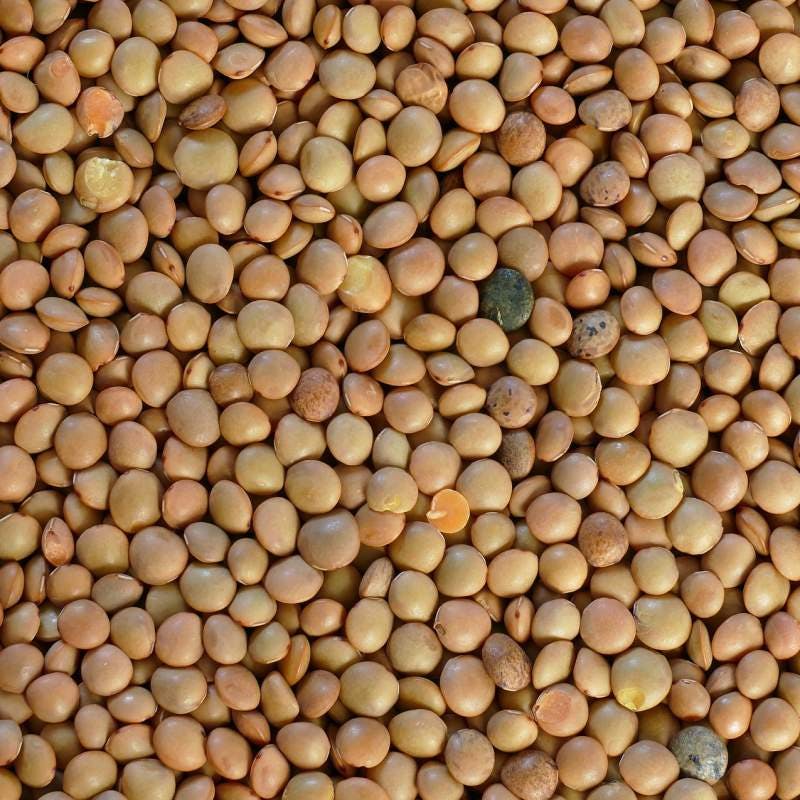
This variety, whose production is widespread in the Tierra de Campos region of Castilla y León, is distinguished by its rounded appearance and brown colour. It has delicate skin that does not come off during cooking, a mild taste and a creamy and tender texture that does not need more than 45 minutes. However, if the time is exceeded, it will become more floury, very noticeable when the preparation in which it participates cools down, and less digestible. These organoleptic characteristics make it ideal for salads, soups and stews.
Puy
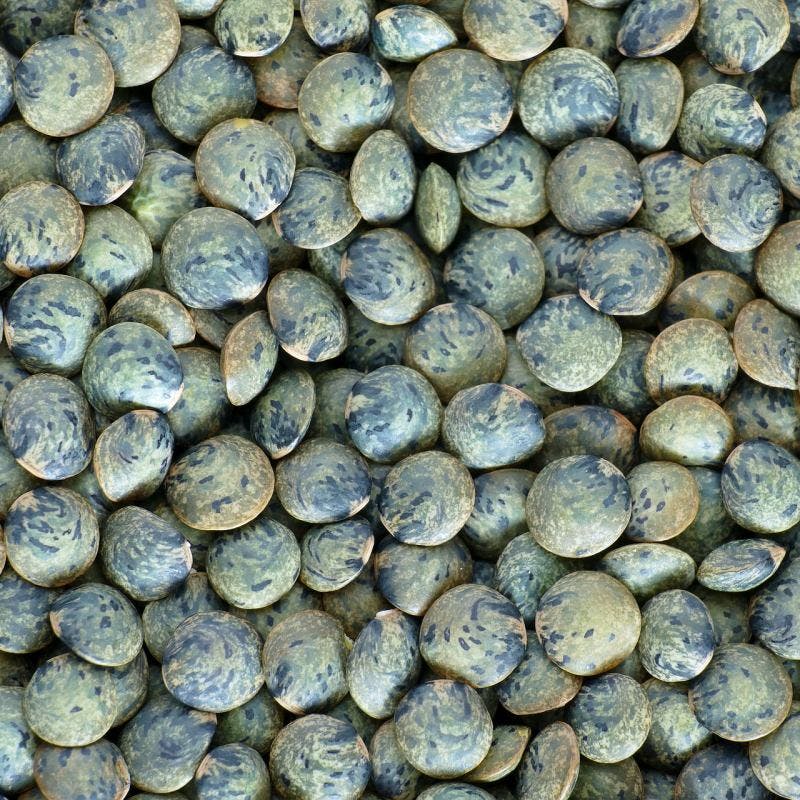
In Spain, it is known as French lentil, as it comes from the region of France that gives it its name, where it has been cultivated for more than 2,000 years; although it is also produced in other parts of our geography, such as Castilla y León. It has a green or yellow color with dark speckles and is widely used in European cuisine. It has a lower proportion of starch, which gives it a softer texture and a delicate and subtle taste that has earned it the nickname of 'vegetable caviar'. It calls for slow cooking, which should not exceed 25 to 30 minutes. It works very well in purees, creams, salads and stews.
Rubia (Blonde)

This variety stands out for having a flat silhouette, a yellowish color and a larger size than its congeners. It includes the Castilian variety, the largest of them all, and the "Armuña" variety, which is produced in the region of the same name, located to the north of Salamanca, and has a protected geographical indication (PGI). They have a delicate flavour and a more consistent texture, so they do not lose their skins during cooking. They go very well in sautéed dishes, stews and and combined with rice or vegetables. In Castilla y León is usually stewed with chorizo and pork snout.
Red

With a mild and delicate flavor, it is prevalent in Asian cuisine. As its name suggests, it has a characteristic red or orange hue, which, although it is reduced when cooked, gives an extra color to the dishes. They have no skin, they come peeled, which makes them much more digestive. Their texture is very tender and tends to fall apart during cooking, which is why they are often used to make creams, purées, pâtés and even stuffing.
Benefits and Nutritional value
- Lentils stand out for their high energy value while being rich in protein. They are also a source of carbohydrates, while the fat content is almost non-existent, making them an ideal food for those who do a lot of physical activity, such as sportsmen and women.
- They are ideal for vegetarian diets, thanks to their high nutrient content.
- They are rich in fibre, which helps regulate intestinal transit and combats constipation.
- They are a source of iron, which is necessary to prevent anaemia. Lentils are also rich in potassium, which is necessary for the proper functioning of the nervous system.
- They are advisable for pregnant women because of their folic acid content, which prevents the appearance of malformations in the fetus. Moreover, the consumption of them reduces blood sugar levels, which is beneficial for those who have diabetes.

Nutritional Value 100g
After all this information I hope you enjoyed it, and you have learned something new, it's cooking time. Soon I will bring you new delicious recipes where lentils will be the protagonists. You can also find the SPANISH LENTILS RECIPE in my first ebook 12 Spanish Recipes you will not forget. Get it here.
Have a Tasty Day!



